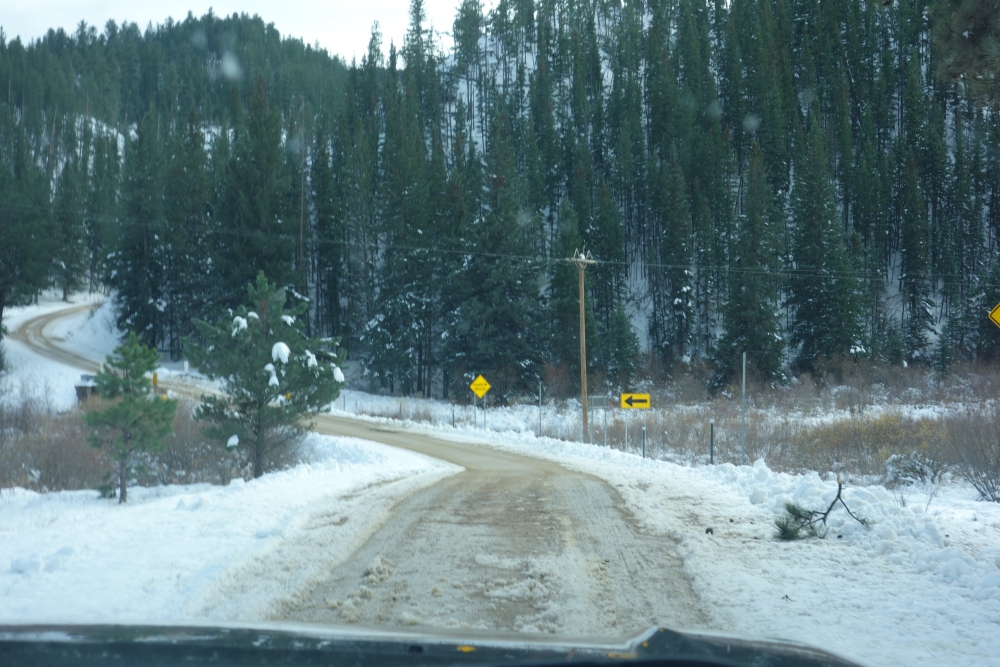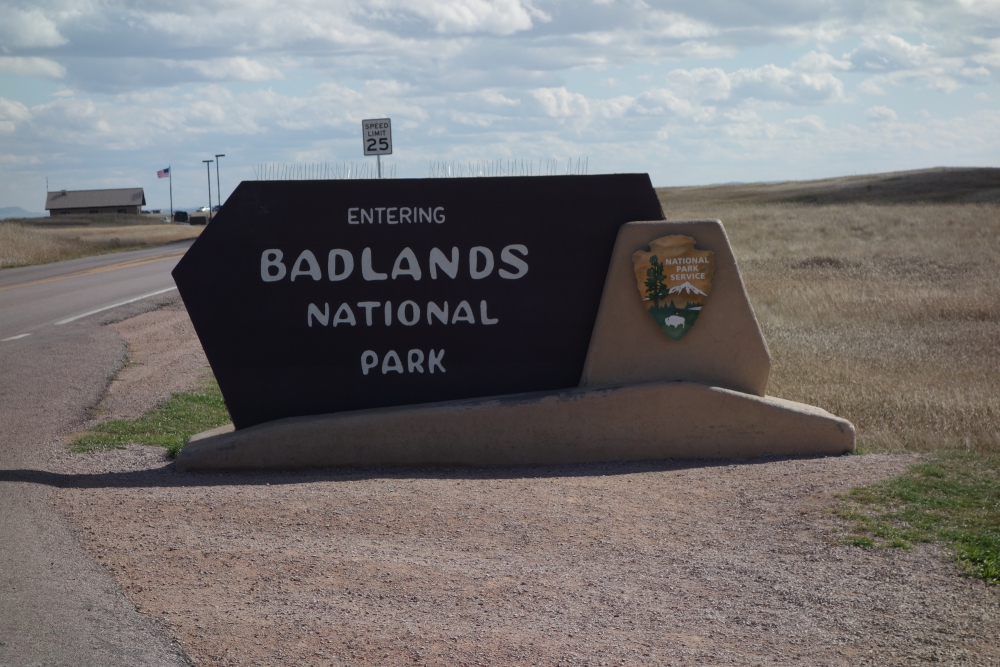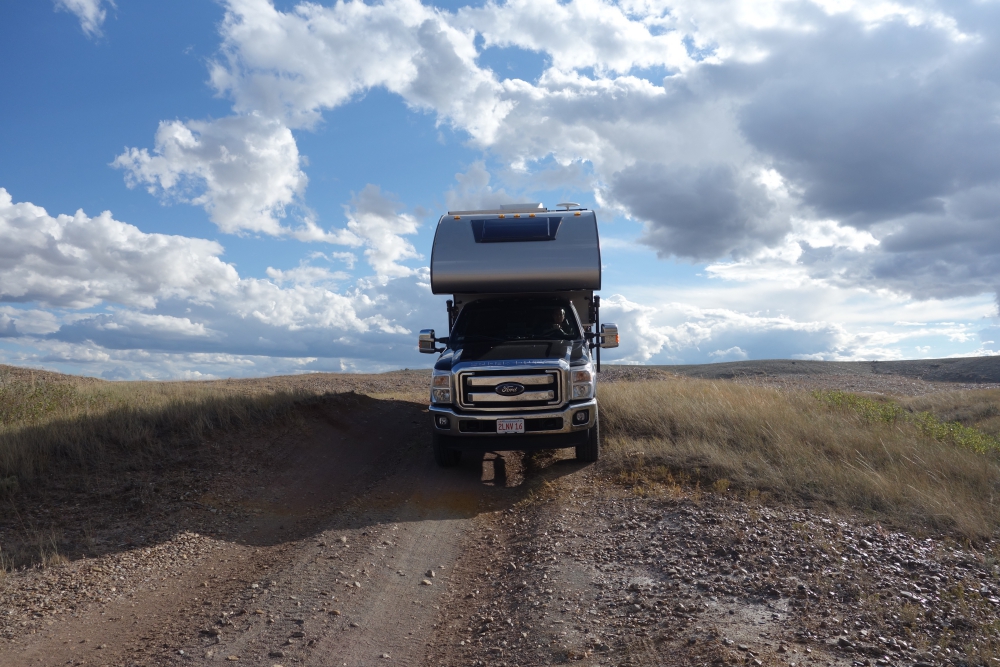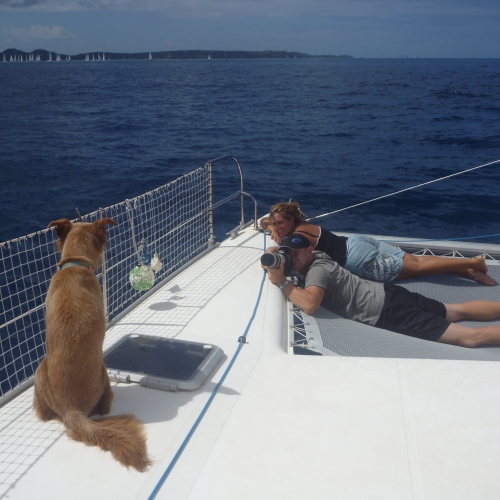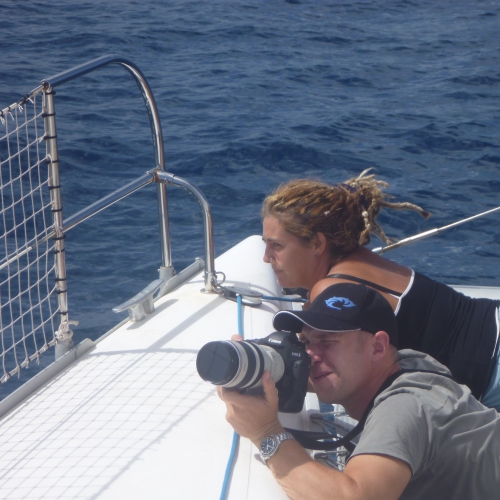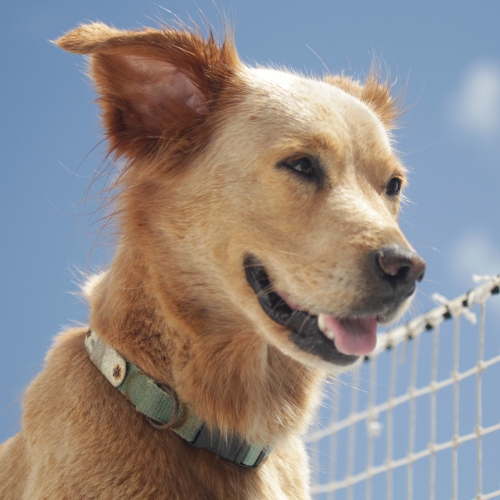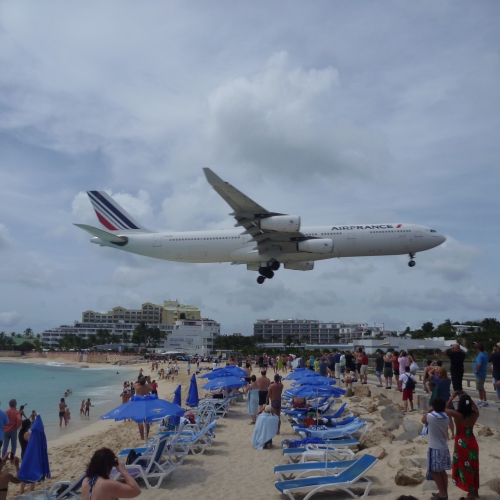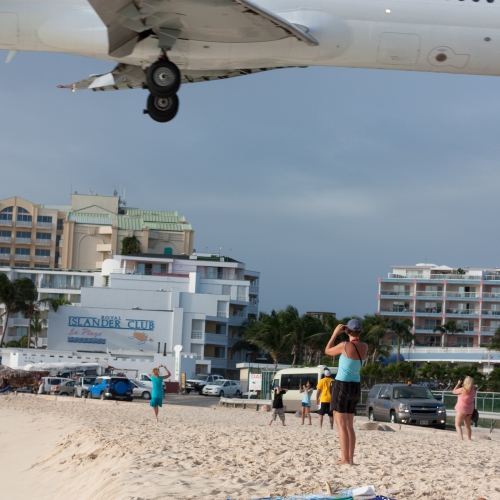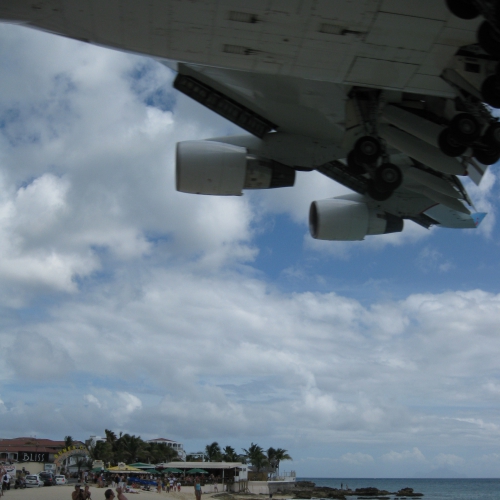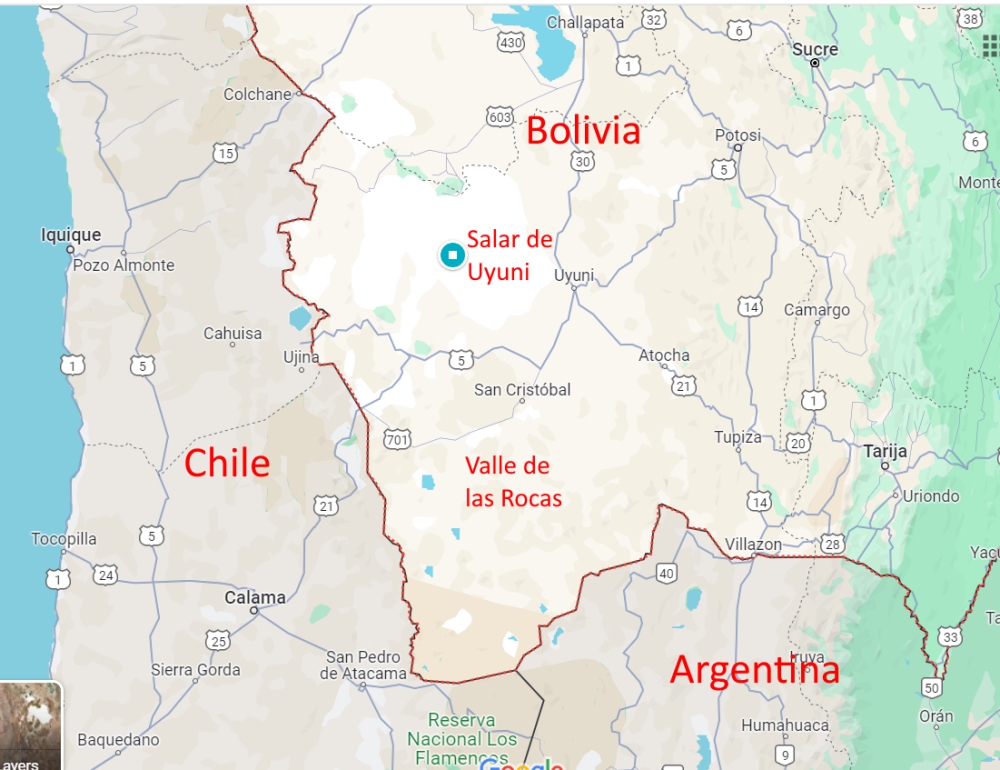
Salar & Valle de las Rocas in Bolivia
Salar de Uyuni
Salar de Uyuni – or Salar de Tunupa (the local Quechua people prefer to call the area by its original name) – is located 20 minutes north of Uyuni and is the largest salt flat in the world. It measures 12,000 km2, which, to put it in perspective, is a bit over 1/3 the size of Belgium and four times the surface of Luxembourg. For Americans, Rhode Island fits three times into this Salar and Delaware twice – and New Jersey is twice as big.
(As always, click on or hover over photos in galleries to read their captions.)
Many overlanders prefer to drive and camp on this white, vast surface, usually stopping when they can’t see anything but salt around them. A trip on the salt flat with your own vehicle offers a lot of freedom, solitude, and fun, but it also requires protecting the undercarriage from all that destructive salt and giving it a detailed and thorough cleaning in the end. In the dry season. Once the wet season has started in Bolivia, taking your own home on wheels is a bad idea, because the (wet) salt will get anywhere and destroy everything it touches, over time. Plus, some parts of this area are closed when (too) wet.
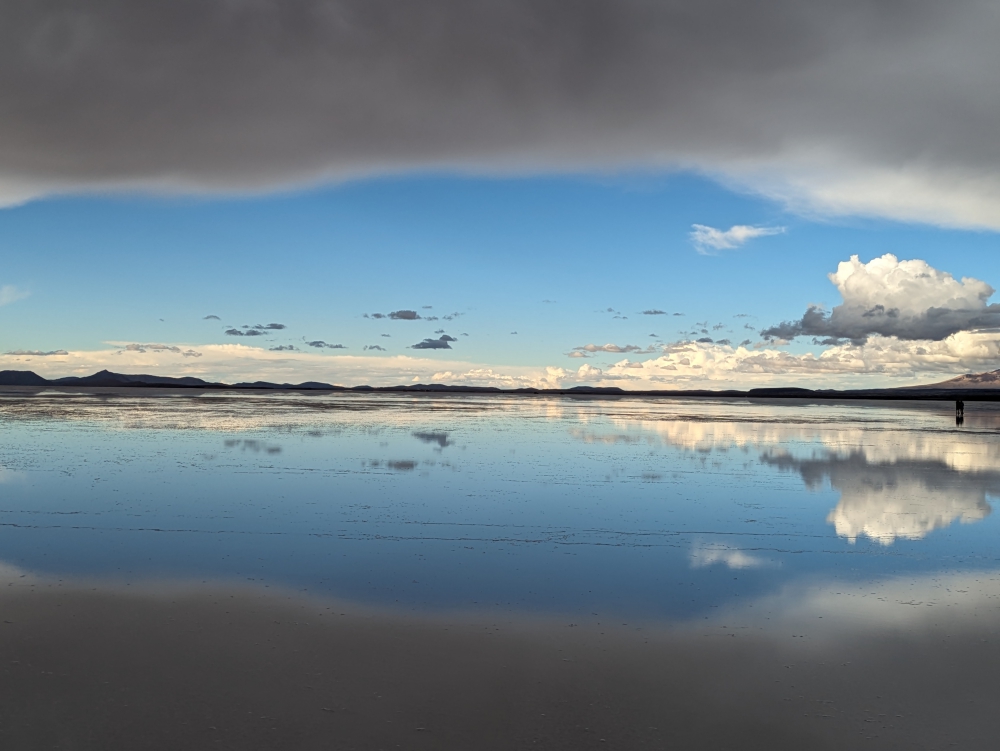
Reflection pool on the salt flat
With that in mind, Mark, Maya, and I booked a tour for the day. Even better, we arranged a private excursion for our little family to give Maya (who was recovering from a nasty dog bite) enough comfort and space, and to allow us the privacy and freedom of a trip tailored to just the three of us. We could tell our guide wherever we wanted to go on the Salar, what to skip or limit, and whenever we wanted to move on. And, to be honest, at twice the price of a group tour ($120 for the three of us instead of $60), we believed it was worth the splurge. 😊
Our tour started at 10:30am, would finish after sunset, around 8pm, and included lunch and drinks. We decided to skip stop one (the Train Cemetery where we had been living, exploring, and photographing for four days already) and made stop two (salt processing tour and artisanal markets) shorter, for an earlier start on the Salar. A massive rain storm was threatening, so I wanted to stay ahead of that!
Once on the salt flat, the fun could begin! We stopped by the Ojos de Agua, which our Spanish-speaking guide, Eusevio, called the “breath” of the Salar. Water bubbled up from below, as if something was breathing under the surface.
He encouraged us to employ a local guy to take “forced perspective” photos of us and Maya. Since that was affordable, we obliged.
Continue reading













































































